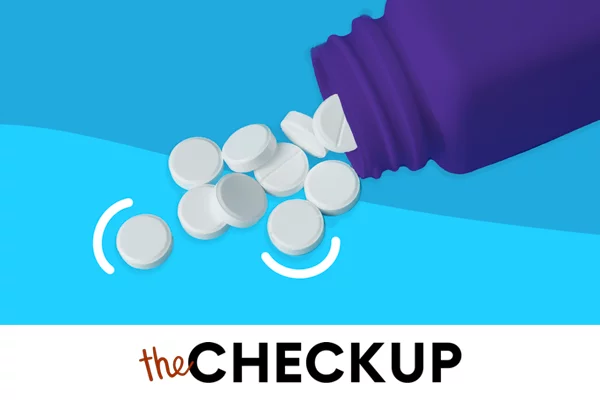
A large number of people regularly consume niacin in order to increase levels of high-density lipoprotein (HDL) cholesterol and decrease levels of low-density lipoprotein (LDL) cholesterol in their circulation. Some of them experience what is now often referred to as a “niacin flush,” which is characterized by a sensation of itching, redness, or warmth that spreads widely over their face, arms, and chest. The feeling that you are experiencing is a natural side effect of niacin, but it might be distressing to experience it nonetheless. It doesn’t pose any health risks or suggest the presence of a serious health issue when used alone.
Niacin, which is sometimes referred to as vitamin B3, is an essential component in the field of nutrition. It can be found in some foods, but it is also added to other foods, such as cereals that have been fortified. Niacin may also be obtained through the use of dietary supplements. Karishma Patwa, MD, cardiologist at Manhattan Cardiology, talks about the symptoms of niacin flush. Read the article.



